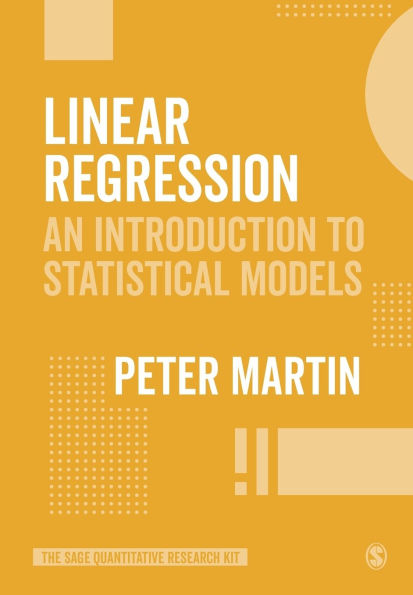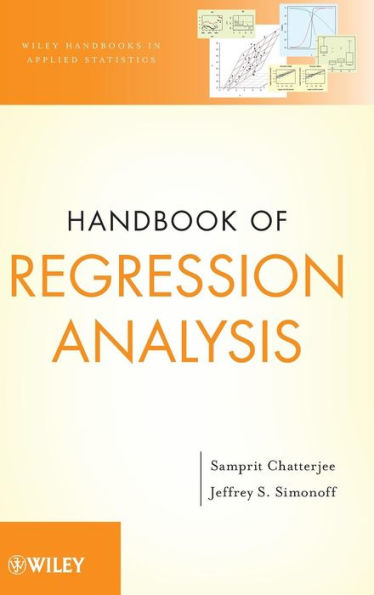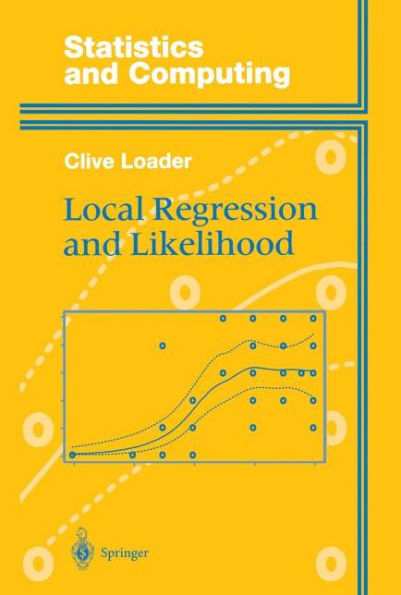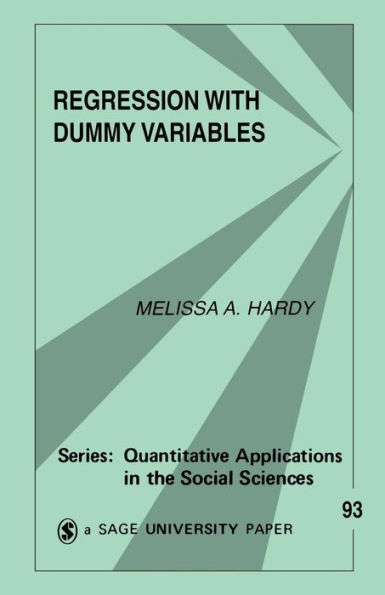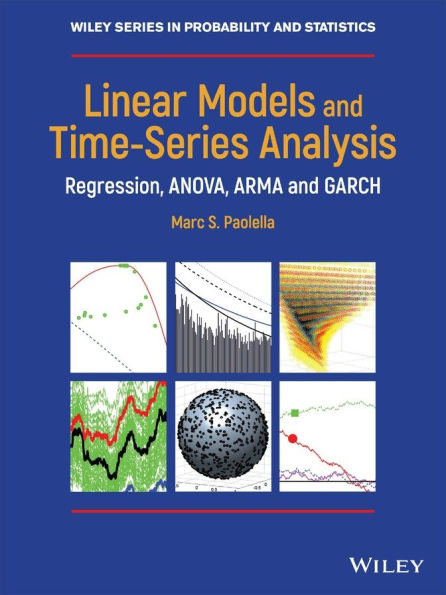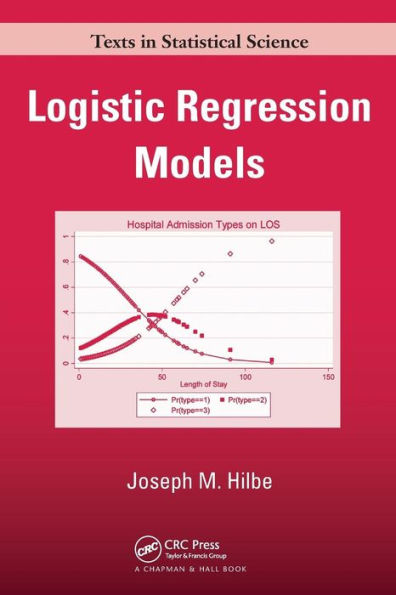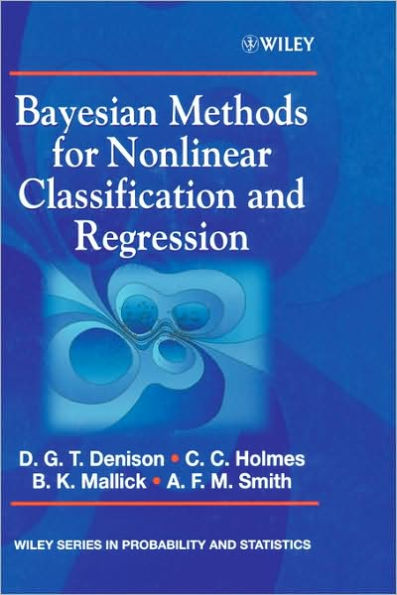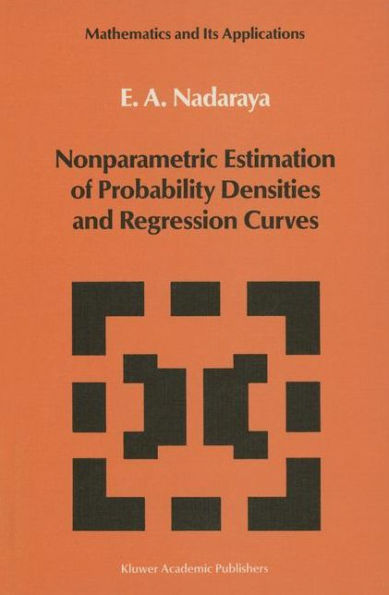Home
Regression with Linear Predictors / Edition 1
Loading Inventory...
Barnes and Noble
Regression with Linear Predictors / Edition 1
Current price: $54.99
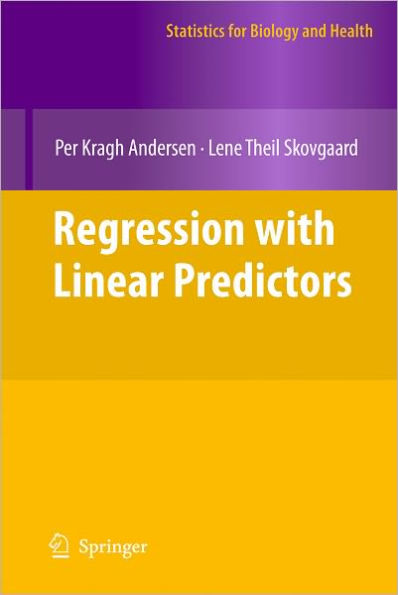

Barnes and Noble
Regression with Linear Predictors / Edition 1
Current price: $54.99
Loading Inventory...
Size: OS
*Product Information may vary - to confirm product availability, pricing, and additional information please contact Barnes and Noble
This is a book about regression analysis, that is, the situation in statistics where the distribution of a response (or outcome) variable is related to - planatory variables (or covariates). This is an extremely common situation in the application of statistical methods in many fields, andlinear regression,- gistic regression, and Cox proportional hazards regression are frequently used for quantitative, binary, and survival time outcome variables, respectively. Several books on these topics have appeared and for that reason one may well ask why we embark on writing still another book on regression. We have two main reasons for doing this: 1. First, we want to highlight similarities among linear, logistic, proportional hazards,and other regression models that includea linear predictor. These models are often treated entirely separately in texts inspite of the fact that all operations on the models dealing with the linear predictor are precisely the same, including handling of categorical and quantitative covariates, testing for linearity and studying interactions. 2. Second, we want to emphasize that, for any type of outcome variable, multiple regression models are composed of simple building blocks that are added together in the linear predictor: that is, t-tests, one-way analyses of variance and simple linear regressions for quantitative outcomes, 2×2, 2×(k+1) tables and simple logistic regressions for binary outcomes, and 2-and (k+1)-sample logrank testsand simple Cox regressionsfor survival data. Thishastwoconsequences. All theses imple and well known methods can be considered as special cases of the regression models. On the other hand, the effect of a single explanatory variable in a multiple regression model can be interpreted in a way similar to that obtained in the simple analysis, however, now valid only forthe other explanatory variables in the model “heldxed”.
